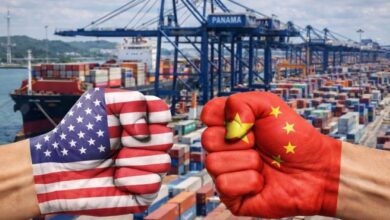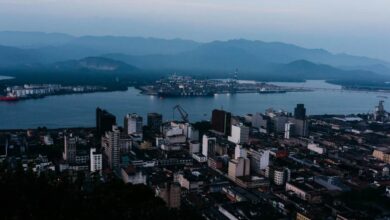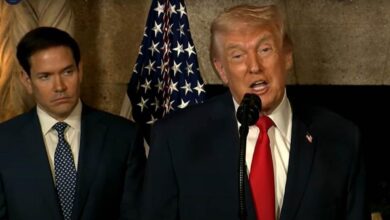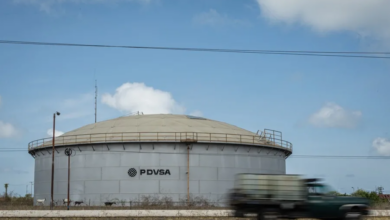China’s Springboard in Latin America Forces Washington to Rethink Development Finance
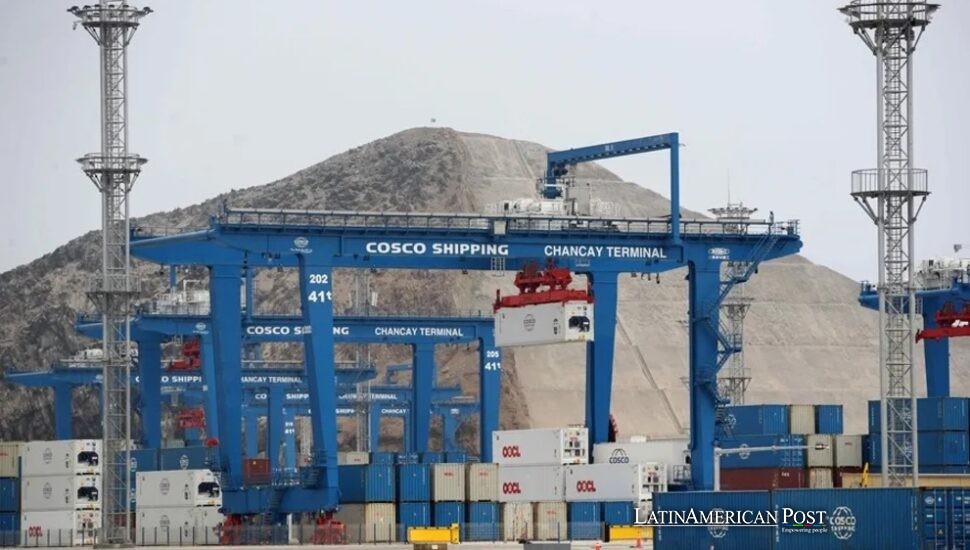
Across the Andes and Pacific, China is laying ports, railways, and shipping routes that bind Latin America to its orbit. From Peru’s new deep-water hub to Bolivia’s lithium brines, Beijing is turning infrastructure into influence while Washington struggles to match capital with strategy.
Chancay, the Pacific Hinge That Changes the Math
When Xi Jinping traveled to Peru in late 2024 to inaugurate the first stage of Puerto Chancay, he wasn’t just cutting a ribbon. With $1.3 billion in initial investment, China’s state shipping giant COSCO set out to build the largest deep-water port on South America’s Pacific coast. It is designed to host megaships, shrink transit times to East Asia, and funnel minerals and agricultural exports directly into Chinese supply chains.
Pentagon planners, quoted by The National Interest, view Chancay as more than an export machine. They worry about its dual-use potential: the same capacity that speeds soybeans and copper could also support military logistics in a crisis. For Beijing, the ceremony was symbolism and strategy rolled into one—a head of state inaugurating strategic infrastructure in what Washington long considered its sphere.
Chancay is not isolated. It is part of a two-decade pattern in which China financed cranes, roads, and power grids while Washington obsessed over counterterrorism and democratic transitions. That bet is paying off. In 2025, Colombia—once a showcase U.S. ally—joined the Belt and Road Initiative, folding into Beijing’s financing and political network. Roughly two-thirds of South America now flies the BRI flag, giving China leverage over tolls, timetables, and terms.
Ports, Rails, and Lithium—An Ecosystem Takes Shape
China’s capital is not only on the waterfront. It is moving inland, into the mineral spine of South America. In Bolivia’s Salar de Uyuni, Chinese firms pledged $1 billion to produce 35,000 metric tons of lithium annually, a key mineral for electric vehicles. Tie that output to Chancay’s berths and the shipping lines from Shanghai, and the brine fields of the Andes become part of a seamless brine-to-battery supply chain.
The vision extends further. A transcontinental railway linking Chancay to Brazil via Bolivia would allow ore and grains to roll straight to Pacific ports, bypassing the long detour around Cape Horn or the politics of the Panama Canal. If realized, this corridor would lower costs, harden China’s control over resource routes, and insulate its projects from political bottlenecks.
Shipping lines already behave as if the system exists. The WSA5 service, launched in 2025, connects Shanghai and Qingdao directly to Andean ports and is forecast to cut freight costs by 20 percent. As The National Interest noted, this normalizes an East Asia–South America loop, knitting Colombian, Ecuadorian, and Peruvian terminals into a Chinese-linked spine. Infrastructure is becoming an operating system.
Panama’s Lesson, Arizona’s Corridor and the Quiet Contest
Not every Chinese project has run smoothly. In Panama, lawsuits have erupted over Beijing’s role in canal-adjacent ports, a reminder that local politics and legal battles still matter. Yet Chinese strategists seem comfortable routing around resistance. If the canal snarls, the Pacific alternative through Chancay looks even more attractive.
Beijing’s approach, analysts told The National Interest, is patient and modular. When one concession faces delays, another shipping loop opens; when one port sparks lawsuits, investment accelerates elsewhere. The result is cumulative: a mosaic of assets that, taken together, shift the hemisphere’s logistics toward Chinese schedules and standards.
Washington’s concern is less about ideology than about erosion. As The National Interest observed, China is not lecturing governments; it is writing checks. Each cargo ship that clears a Chinese-financed dock represents another contract, another debt covenant, another minister whose calendar is tethered to Beijing’s timelines. Influence is measured not in speeches but in invoices.
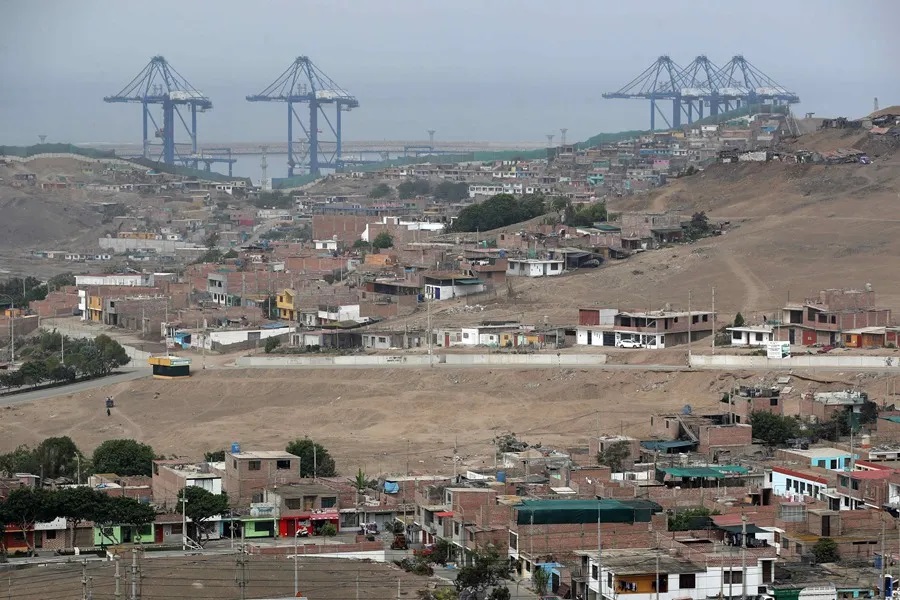
EFE@Paolo Aguilar
A U.S. Answer That Speaks the Language of Capital
Competing means playing on the same field: finance, risk, and delivery. The United States already has a tool in the International Development Finance Corporation (DFC), created by the 2018 BUILD Act. Properly empowered, the DFC can blend U.S. appropriations with credit guarantees and political risk insurance to crowd in private capital that now sits idle. In theory, it is the American counterpart to Beijing’s state-backed banks.
In practice, as The National Interest reported, the DFC has been underpowered, with its portfolio resembling a traditional development agency rather than a strategic financier. Country income restrictions exclude middle-income states—Colombia, Peru, Chile, Brazil—precisely where the contest is fiercest. China’s BRI has no such limits.
Two shifts are essential. First, sharpen mission focus: align the DFC’s investments with U.S. security priorities in the hemisphere, not scatter them across diffuse goals. Second, scale and flexibility: treat the DFC’s $803 million FY2026 budget request as seed capital, not a ceiling, and expand its authority to take riskier loans, deepen insurance, and support U.S. consortia that can win and operate concessions quickly.
Done right, the DFC evolves into a revolving bank—cycling profits into new projects, liberalizing geographic restrictions, and offering credible alternatives grounded in transparency and environmental standards.
Also Read: Bolivia’s Lithium Gamble Tests Water, Trust, and the Future of Uyuni
Latin American governments will ultimately choose partners based on cost, speed, and reliability. At present, China is showing up with contracts in hand and ships already en route. Chancay is a “critical win,” one U.S. official told The National Interest, but also a warning: infrastructure is becoming influential, and the clock is ticking. If Washington wants a say in how the hemisphere connects, it must stop talking about strategy and start funding it—pier by pier, rail by rail, loan by loan.

